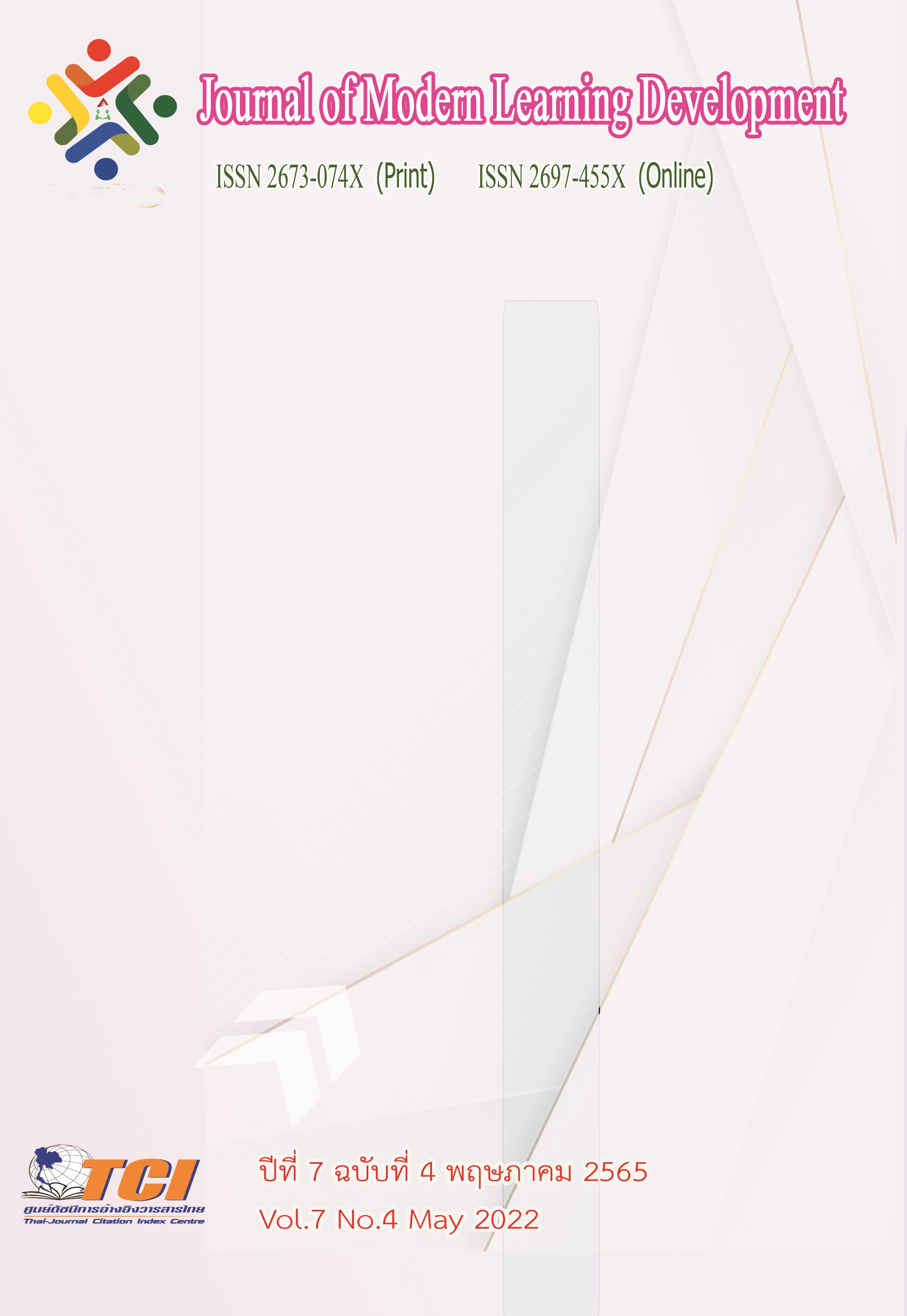The Public Sector Human Resource Management in The Context of Bureaucracy 4.0
Main Article Content
Abstract
This article will discuss human resource management in government sectors in the context of bureaucracy 4.0. Government sectors must change their roles and promote human resources in government organizations in accordance with national administration policies. There are 4 steps in human resource management process, namely recruiting and selection process. performance appraisal process Reward and Reward Process and training and development processes In government agencies, if we have to adapt to the bureaucracy 4.0 and integrate with the 3 digits in human resource management as well. Openness and connection in terms of transparency in work. People-centred by working proactively and forward-looking, always questioning what people will get and aiming to solve problems to meet people's needs. And the important thing is that the personnel must have high performance and modern, must be able to work in advance. From the four stages of human resource management and the three main bureaucratic principles, government agencies have to adjust in human resource management based on the principles of performance, competence, morality, quality of life. and the principle of decentralization All of these, human resource management must be integrated and adapted in accordance with current government policies, whether it is Thailand 4.0, the 20-year national strategy, or the national economic and social development plan.
Article Details
References
ฐนิชา คงประดิษฐ และ ปรีชา คำมาด. (2563). การบริหารทรัพยากรมนุษย์เพื่อขับเคลื่อนเศรษฐกิจใน
ยุคไทยแลนด์ 4.0. วารสารบัณฑิตศึกษามหาจุฬาขอนแก่น, 7(3), 45-60
ณัฐพงษ์ คันธรส และคณะ. (2564). การบริหารราชการแบบมีส่วนร่วม: จากแนวคิดสู่การพัฒนาภาครัฐในยุค
ประเทศไทย 4.0. วารสารวิชาการสถาบันเทคโนโลยีแห่งสุวรรณภูมิ, 7(2), 80-87
ทศพร ศิริสัมพันธ. (2560). ระบบราชการ 4.0 กับการสร้างนวัตกรรมและความเป็นผู้ประกอบการภาครัฐ.
กรุงเทพฯ : หลักสูตรการบริหารราชการแผ่นดินตามกรอบการปฏิรูปประเทศ ยุทธศาสตร์ชาติ
และการสร้างความสามัคคีปรองดอง.
ประคอง สุคนธจิตต์. (2562). ทรัพยากรมนุษย์ยุค 4.0. วารสารมนุษยศาสตร์และสังคมศาสตร์นายเรืออากาศ ,
ปีที่7 ธันวาคม 2562 : 17-28.
บวรศักดิ์อุวรรณโณ, และคณะ. (2550). ประชาธิปไตยแบบมีส่วนร่วม. กรุงเทพ: โรงพิมพ์แห่งจุฬาลงกรณ์
มหาวิทยาลัย.
ภัทรนันท สุรชาตรี. (2562). การบริหารทรัพยากรมนุษย์ตามหลักปรัชญาเศรษฐกิจพอเพียงเพื่อก้าวสู่
ประเทศไทย 4.0. วารสารวิจัยราชภัฏกรุงเก่า, 3(1), 99-108
รัชยา ภักดีจิตต์. (2557). ธรรมาภิบาลเพื่อการบริหารภาครัฐและเอกชน. กรุงเทพฯ: สํานักพิมพ์แห่ง
จุฬาลงกรณ์มหาวิทยาลัย.
เสนาะ ติเยาว์. (2556). การจัดการทรัพยากรมนุษย์. ในเอกสารการสอนวิชาการจัดการทรัพยากรมนุษย์
สาขาวิชาวิทยาการจัดการ. (ปรับปรุงครั้งที่ 1, หน่วยที่ 1 – 7). นนทบุรี: โรงพิมพ์มหาวิทยาลัย
สุโขทัยธรรมาธิราช.
อนันต์ชัย คงจันทร์. (2557) .Human Resource Management : การจัดการทรัพยากรมนุษย์.
กรุงเทพมหานคร : หจก.เม็ดทรายพริ้นติ้ง.
Dessler, Gary. (2009). A Framework for Human Resource Management. (5th ed.). Upper
Saddle River, New Jersey: Pearson Education
Fombrun, C. J., Tichy, N. M., and Devanna, N. A. (1984). Strategic Human Resource
Management. New York: Wiley.


